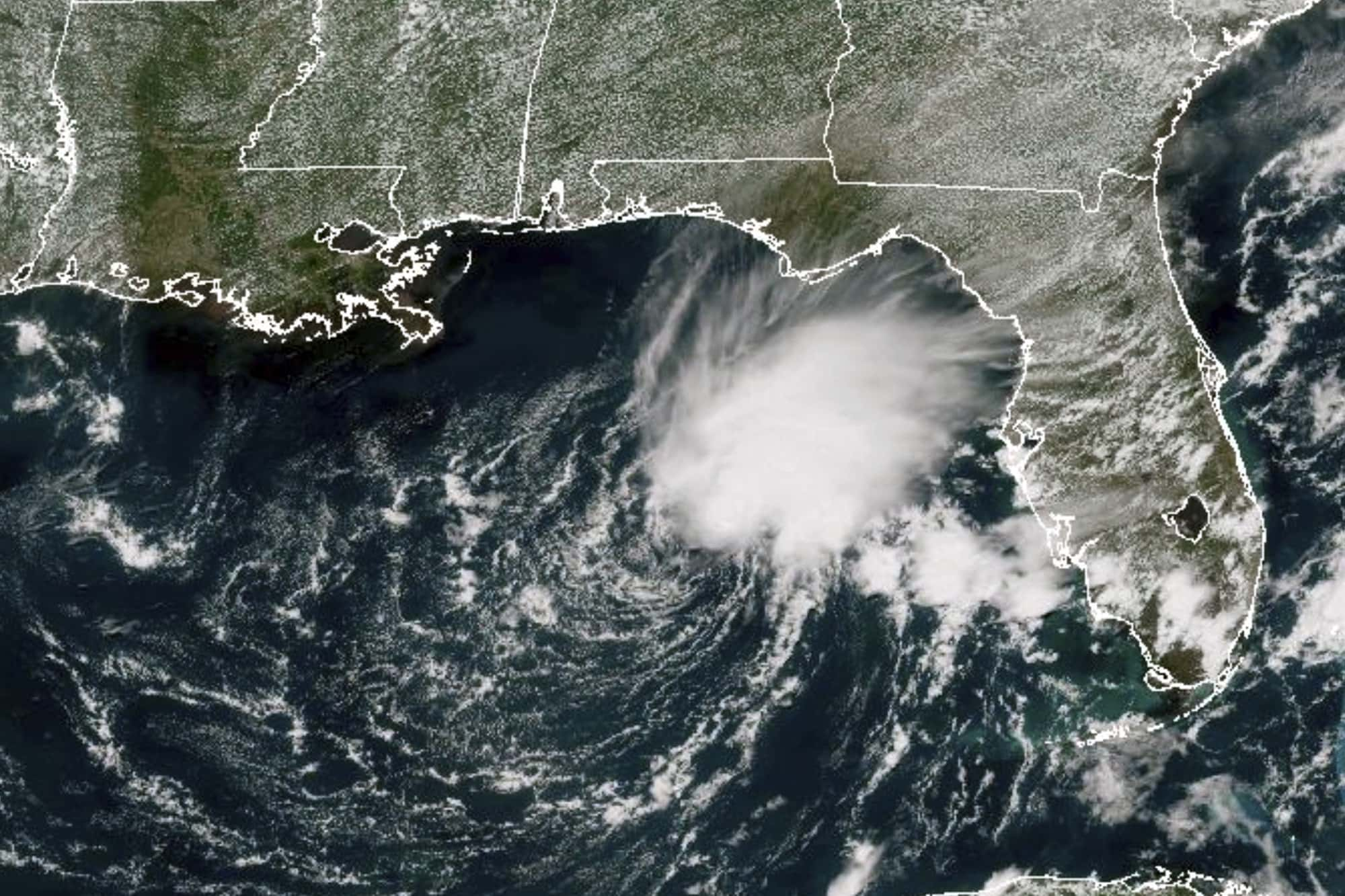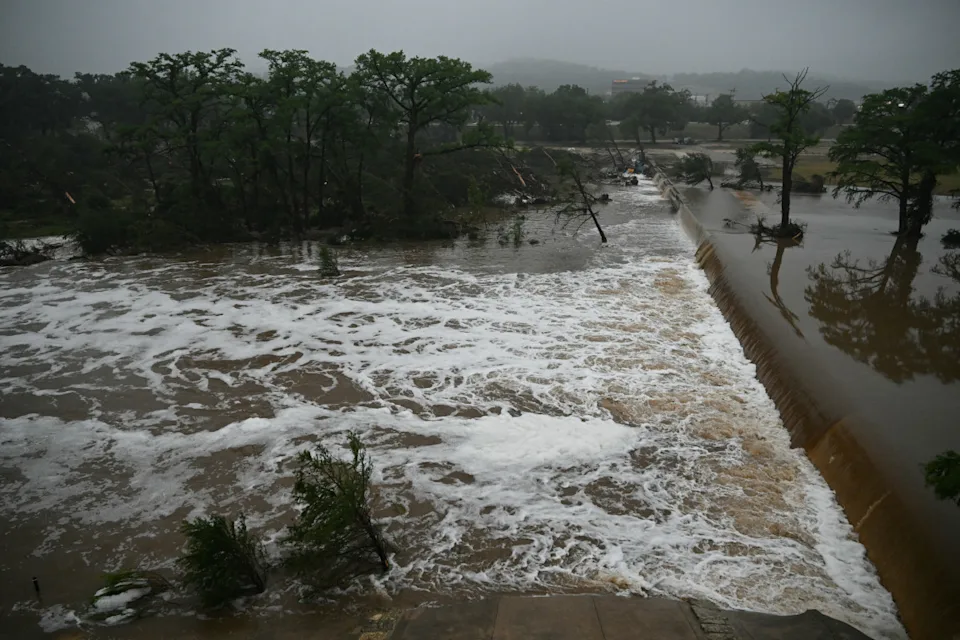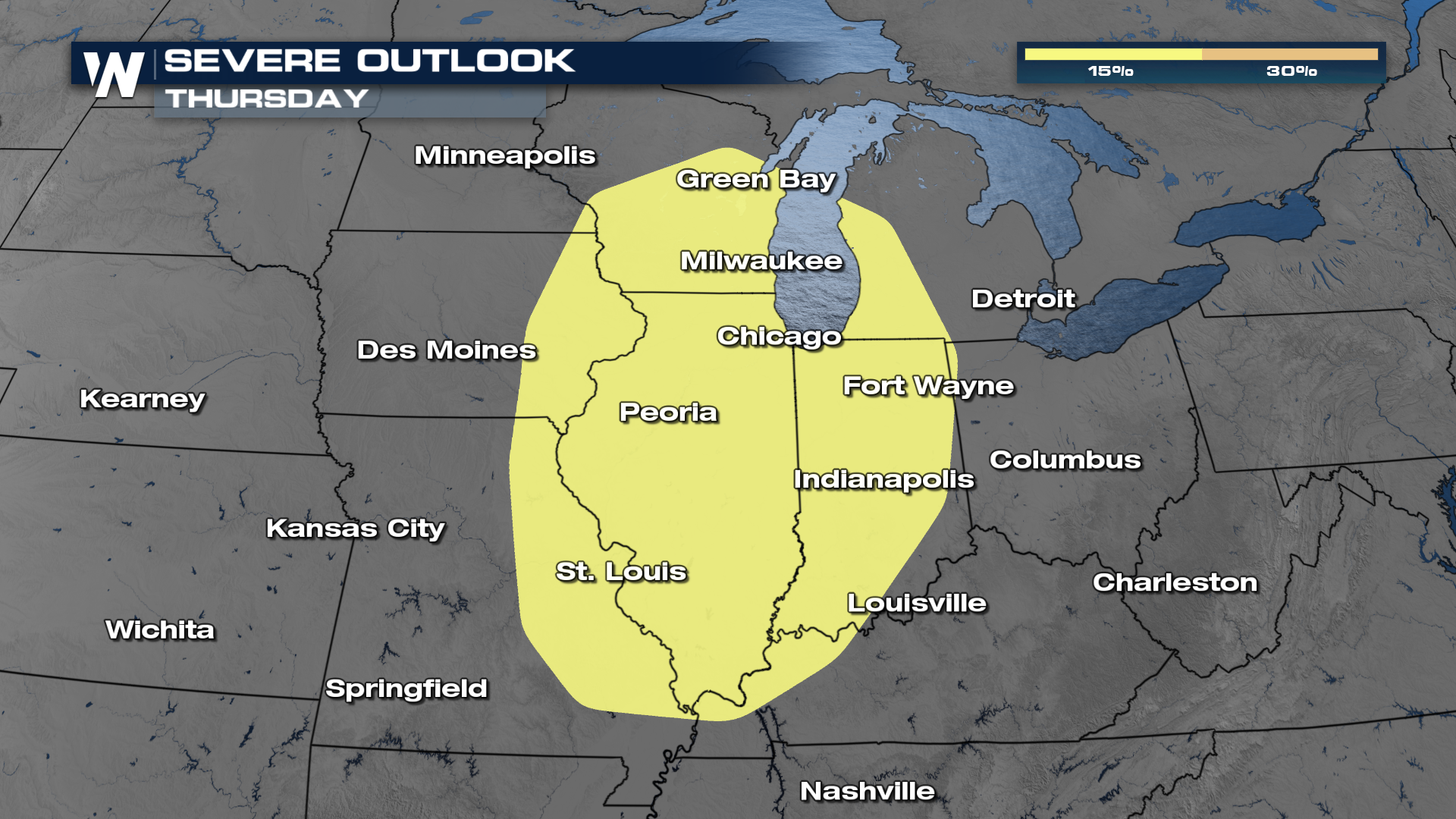Running from June 1 to November 30, this season covers the Atlantic Ocean, the Gulf of Mexico, and the Caribbean Sea.

The Atlantic hurricane season of 2023 has been marked by a series of powerful weather events
The National Weather Service categorizes Atlantic hurricane season as tropical cyclones with sustained winds exceeding 74 mph (64 knots). The Saffir-Simpson Hurricane Wind Scale rates hurricanes on a scale of 1 to 5, estimating potential property damage. A Category 3 or higher signifies a major hurricane. The National Hurricane Center stresses the importance of preparedness, issuing Atlantic hurricane season watches when hurricane conditions are possible within 48 hours and warnings when sustained winds of at least 74 mph are expected within 36 hours.
The Colorado State University Tropical Meteorology Project projected a slightly below-normal Atlantic hurricane season with 13 named storms, including six hurricanes, two of which could reach major hurricane status
The Climate Prediction Center at NOAA, on May 25, 2023, forecasted a 40% chance of a near-normal season, with a 70% likelihood of 12 to 17 named storms, of which five to nine may become hurricanes, including one to four major hurricanes.
NOAA’s updated forecast on August 10, 2023, raised the probability of an above-average season to 60% due to rising ocean temperatures. They now anticipate 14-21 named storms, with six to 11 potentially becoming hurricanes, including two to five major ones. This assessment includes storms that have already formed. Throughout the Atlantic hurricane season, a sequence of storms, including Franklin, Idalia, Lee, and Ophelia, have impacted various regions, leaving a mark on the 2023 Atlantic hurricane season.
READ ALSO: A Surge Of Aedes Mosquitoes In California Sparks Concerns Over West Nile Virus Cases




